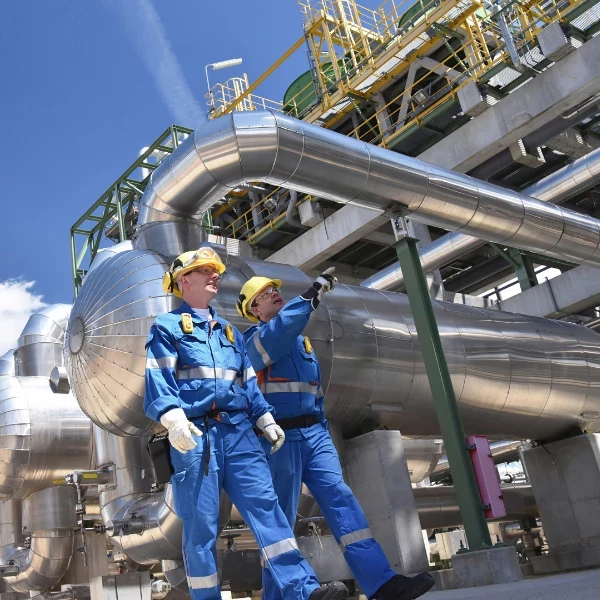How Digital Transformation is Accelerating OpEX in the Oil and Gas Industry
Add bookmark
Improvements in digital technology have enabled oil and gas companies to dramatically increase efficiency and improve safety in their operations. The industry is increasingly making use of drones, wearable technology, robots, big data, and more.
Delek US is a diversified downstream energy company that has been using drones to carry out inspections of its tanks, pipes and process units.
The efficiency gains have been enormous. Visual inspections of its towers, for instance, used to take the company several days. Most of that time went into building the scaffolding required to get to the top of the towers. Drones now carry out the same inspection in minutes.
Presenting at Oil and Gas IQ’s recent Operational Excellence in Oil and Gas conference, Grigor Bambekov, Senior Vice President of Business Transformation at Delek US, explained how the company also uses drones to assist with security surveillance efforts, as part of its emergency response system, and to carry out safety checks of its workers.
“The application of this technology to drive operational excellence and digital transformation is almost limitless,” he says.
Delek’s refinery was one of the first in the United States to receive FAA approval to operate drone without a pilot maintaining line of site. That means that an operator can monitor fully autonomous drone missions from a control room.
But Delek is far from alone in the industry; oil and gas companies have become enthusiastic adopters of digital technology to transform operations, drive efficiency, improve safety, and mitigate risk.
Part of the reason for that is that as technology advances, companies are no longer bumping up against the same limitations that they were in the past. Technology now not only meets but often exceeds expectations.
“You can be more than you are now and you don't have to settle for what you settled before,” said Jason Gislason, Chief Digital Officer at Chevron Phillips Chemical Company in a panel discussion at the conference.
“Our digital strategy and digital journey is really more about optimization: how we can use our assets better than we're using them today, increase our capabilities of our supply chain, and increase the capabilities of people. It's also about changing the way the organization thinks,” he says.
Chevron Phillips Chemical company is using machine learning to optimize plant operations and improve product quality. For example, as rail congestion has increased in the United States over the past year, the company has been able to use digital technology to aggregate data and look at network velocities within the rail system. This allows them to ensure that they’re shipping their materials to the right place at the right time to take advantage of the movements and changes within the rail system.
“The majority of our storage is empty railcars that are coming back to our facilities that provide that storage for our products,” explains Gislason. “If you get those back in the right way at the right time, you can reassure the plant that we will make sure that you have everything you need to off take your product. Then they operate differently. They can increase their rates of operations. They keep more of a steady state operation. They change less things around and that makes the operation more reliable.”
The convergence of digital technology and operations has meant that digital is infiltrating new areas of the business and erasing the hard lines between the IT department and operational teams.
“We don't see digital and engineering as two different things, digital is just a way of how we operate,” explains Naveen Pandrangi, Chief Information Officer at Phillips66. “At the end of the day digital either has to add new monies onto the top of the line or save money at the bottom of the line.”
Phillips66 has its own digital success story. As Covid-induced lockdowns dampened demand for oil in 2020, the industry ran out of storage space. Where to put all the oil that was coming out of the ground?
Phillips66, which owns over 20,000 miles of pipeline, decided to “park the barrel as it goes” and use the pipeline as storage. In the pre-digital era, explains Pandranji, the idea would have taken 6 months to implement because of the difficulty of figuring out even just the accounting side of the equation. But in this instance, “it was done over a weekend because the midstream business runs on cloud,” he says.
As the oil and gas industry contends with ever increasing volatility, changing market dynamics, and pressure for a lower carbon future, digital transformation offers a way to drive out cost, increase operational efficiency and lower risk.
Interested in learning more about this topic?
Join us at The Connected Worker Summit on March 28-30, 2023 and network with over 150 of your industry peers at the Norris Conference Center in Houston, TX., and learn how to evaluate the existing gaps in your connected worker capability and identify the data-driven solutions that will drive continuous improvement across your operations. Download the agenda now.




























